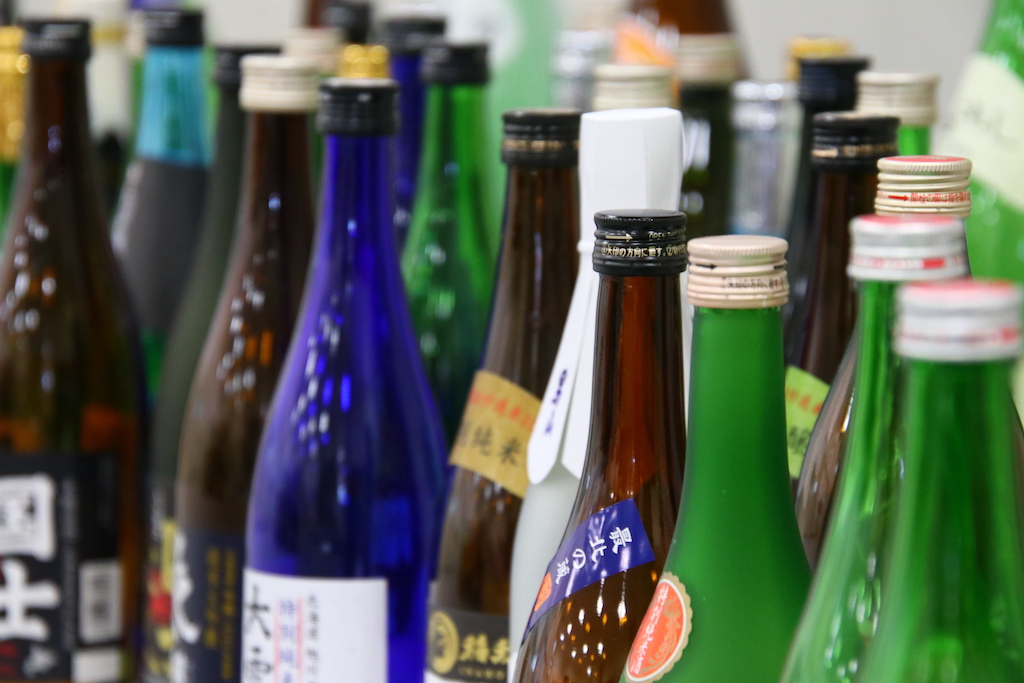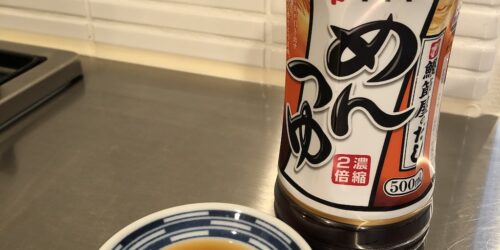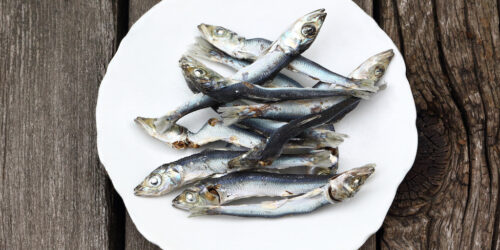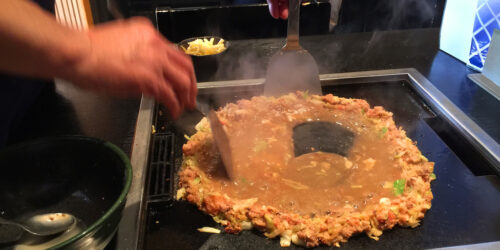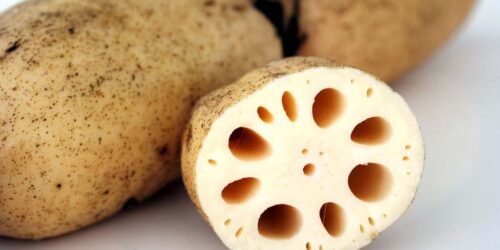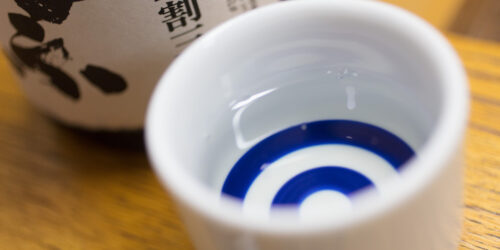What Exactly Is the Rice Polishing Ratio?
The rice polishing ratio (精米歩合 seimai-buai) is the ratio indicating the quantity of polished rice gained from a given quantity of brown rice. Nowadays usually expressed as a percent.
This term usually appears in the explanation of sake (Japanese rice wine) because the main ingredient of sake is polished rice. Some types of sake are actually regulated by the rice polishing ratio.
Interested in learning about Types of Sake?
The 10 Different Types of Sake
You can often see the rice polishing ratio on the package of sake, and if it says 70%, for example, it means the sake wastes 30% of the outside of brown rice, while 70% of the inside is used as a raw material.
Generally, it’s said that the lower rice polishing ratio, the higher quality sake.
Is there any difference in taste depending on the rice polishing ratio?
The higher rice polishing rate: Depth of taste, aroma of rice, weight, dullness, etc. are conspicuous.
The lower rice polishing rate: Features such as cleanliness, gorgeous fragrance, lightness, and thinness stand out.
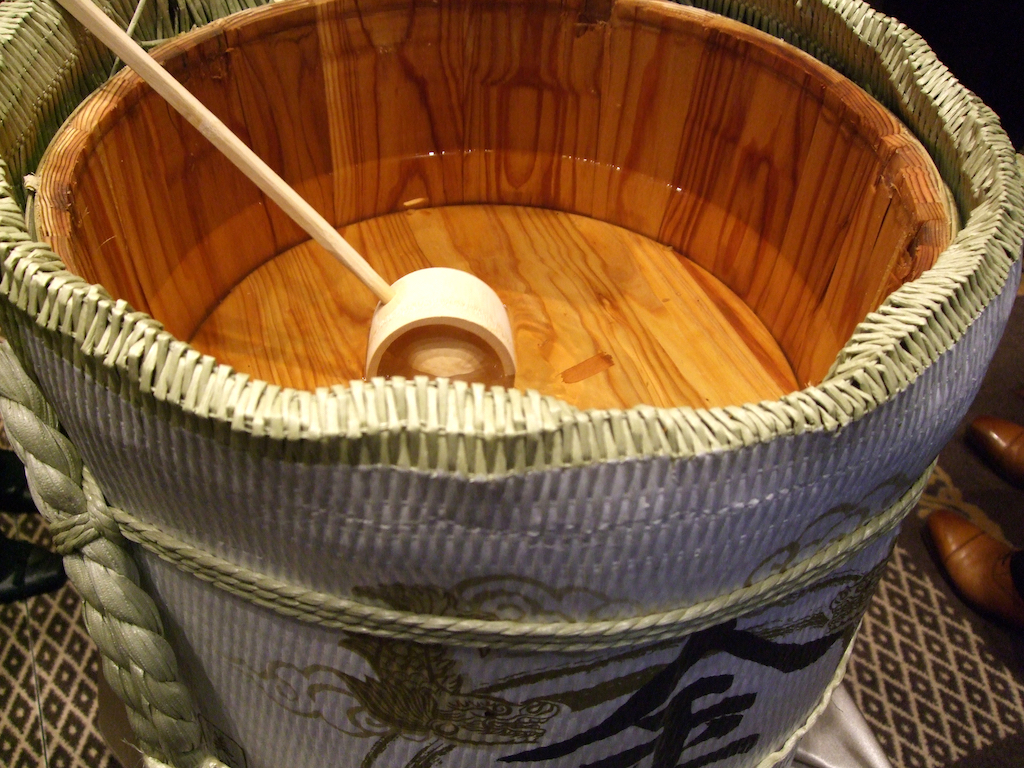
Of course there are individual differences in taste, so please check the taste while drinking and compare, and try to find the rice polishing rate that suits you!
